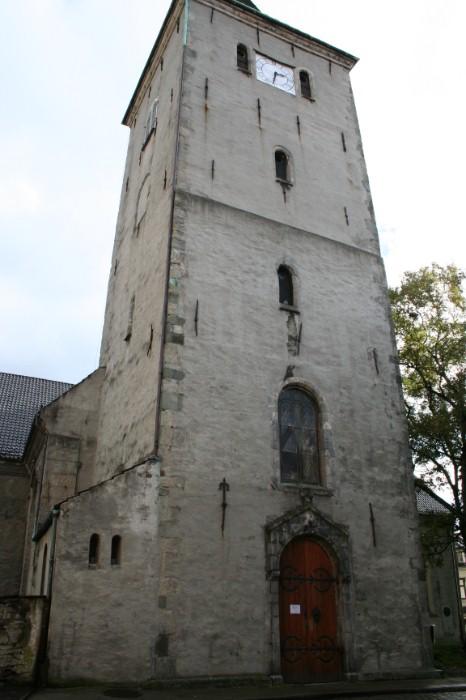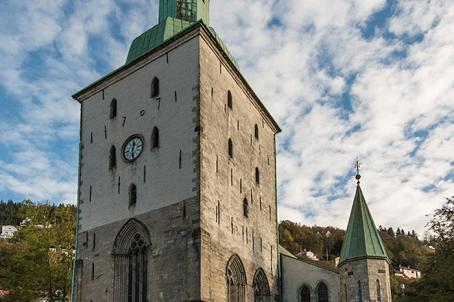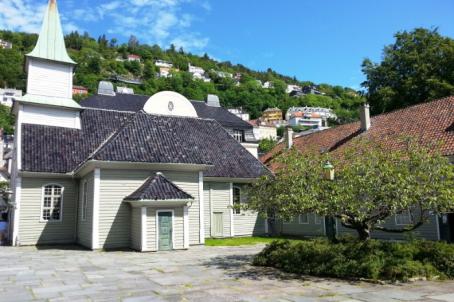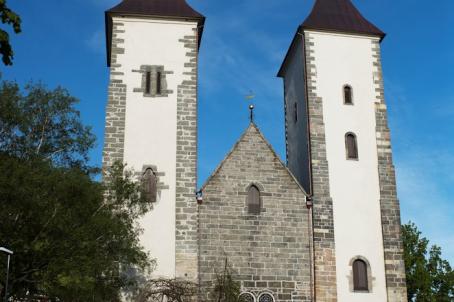Church of the Cross
The Church of the Cross is a medieval stone church originally consisting of a nave with a choir, built around 1150. The sacristy was probably built in the High or Low Middle Ages, and in the 18th and 19th centuries the church was extensively rebuilt, so that the church today has a cruciform shape. In 1896, the sacristy was decorated as a chapel, and much of the present church interior dates from the same period. The interior is particularly marked by the renovation of 1896-97.
About this building
For more information visit on this building visit https://kirkesok.no/kirke/120100301






